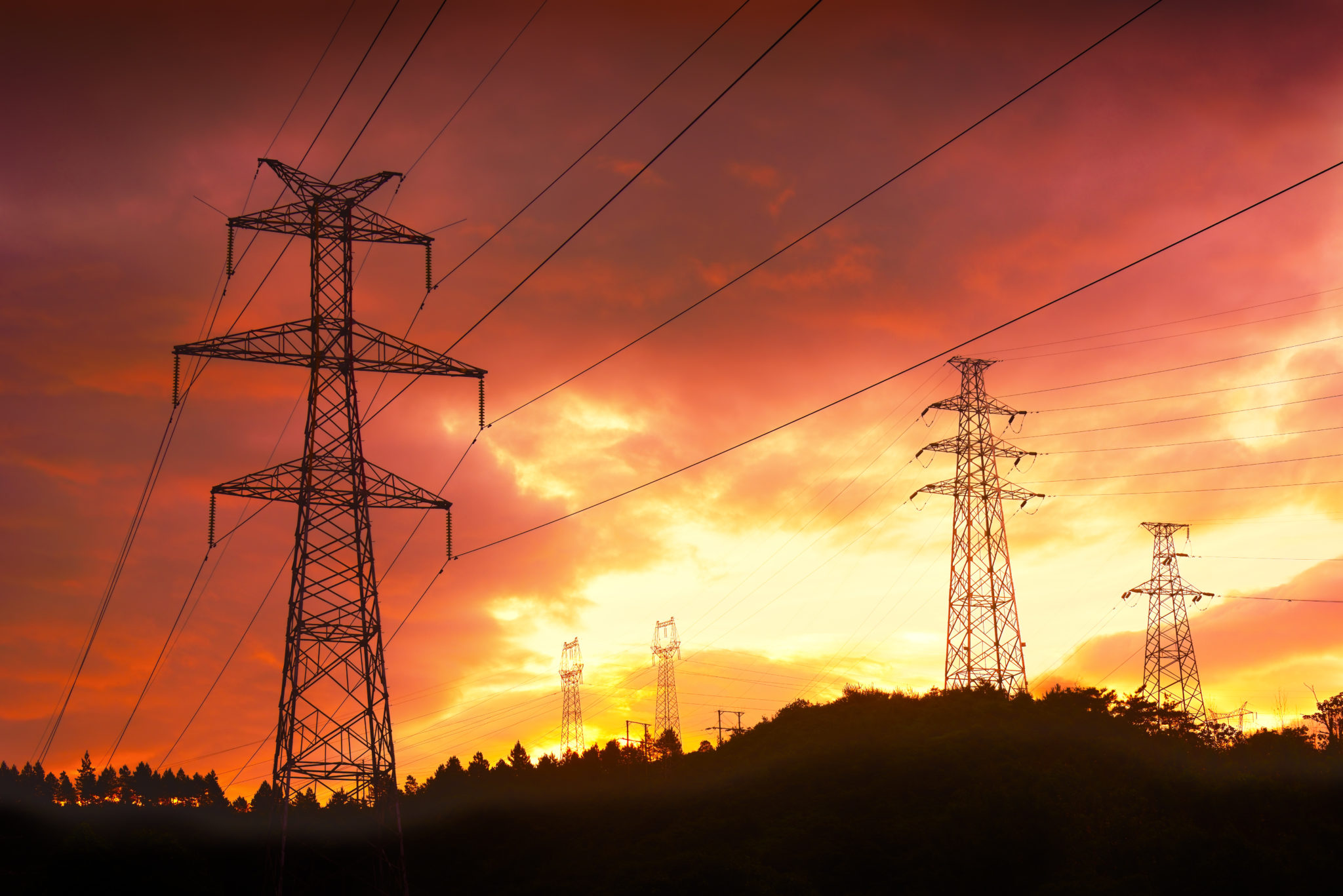The Indian energy market post-COVID-19: driving technological change
Published on 30th June 2020
India’s renewable energy market has not been immune to the impact of COVID-19, with lockdown measures leading to supply chain delays and a two-month freeze in construction.

Nevertheless, given the gap in supply, demand and distribution that still exists in the country, India is seen as less vulnerable to the types of slumps in power demand seen in European markets in recent months. In fact, demand soared at the end of May to exceed previous peaks seen over the same period in 2019.
“Energy demand fluctuation is a temporary phase but since there is a gap in demand and supply, prices are not expected to fall,” says Parveen Arora, Energy & Infrastructure practice head of BTG Legal, an India based law firm.
Cheaper than conventional energy
In addition, “renewable energy is becoming cheaper than conventional energy” so it makes more sense for renewables to plug this gap in demand, he adds. Indeed, the country has ambitious plans to take installed renewables capacity from some 86GW currently to 175GW by the end of 2022. Though the country may ultimately fall short of this target, its trajectory is “quite positive on a comparative basis,” he goes on to say.
In an ongoing push to meet this target, India is continuing to allocate renewable energy capacity via reverse auctions, despite the coronavirus pandemic, most recently on May 9 awarding 400MW of support in a first round-the-clock (RTC) solar power tender through which the winning bidder will provide power 24 hours a day.
Sponsors also continue to take investment decisions for new projects, such as manufacturing group Powerica’s placing of a 102MW turbine order with GE for a pair of wind farms in Gujarat in mid-May.
Market activity
M&A activity, too, is set to pick up in the coming weeks as lockdown measures ease. Saudi Arabian entity Alfanar’s mooted upcoming sale of a half stake in its 600MW wind portfolio in the country should provide a bellwether for investor appetite, with interest expected to be strong.
Power Exchange India Limited (PXIL) and Indian Energy Exchange (IEX) meanwhile launched a real-time market (RTM) trading platform for electricity transactions at the start of June, a move which Arora says “further improves the viability of the renewable sector.”
A green recovery
The transition to renewable forms of energy is expected to remain a priority in India as the country looks to recover from the economic consequences of COVID, with energy transition stimuli likely to figure in future post-pandemic support packages.
“Asian governments, especially India, will put a lot of emphasis on renewable energy,” says Arora. Major drivers for the continued growth of the sector include environmental concerns, a desire to wean the country off its use of expensive imported coal, the stable returns it can offer investors, and robust tariffs and progressive policy measures.
As with other markets, the implementation of social distancing measures in India could also help accelerate the adoption of new technologies to improve operations and maintenance. “New techniques are being adopted - for blade inspections, drones are being used instead of cranes, for example. Remote operations’ centres, too, are being improved and the trend toward predictive maintenance is increasing,” Arora says.
Finally, capital cost of renewable energy in India is perhaps one of the lowest in the world and India, which is already emerging as the fastest growing supply chain hub, may further receive a boost in the short- to mid-term, with the possibility that many multinational companies which are moving bases from China to other Asian countries may opt to relocate to the country.
This article is produced in conjunction with BTG Legal, a relationship firm of Osborne Clarke.



